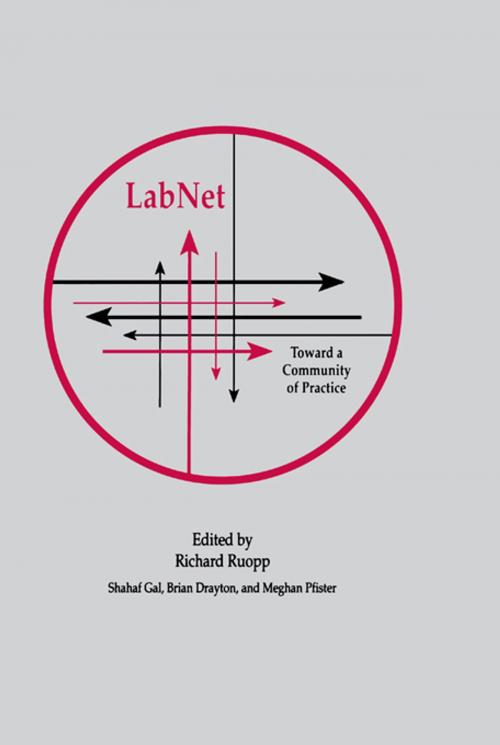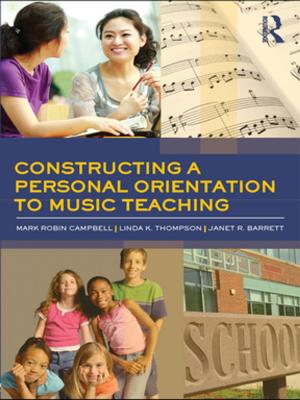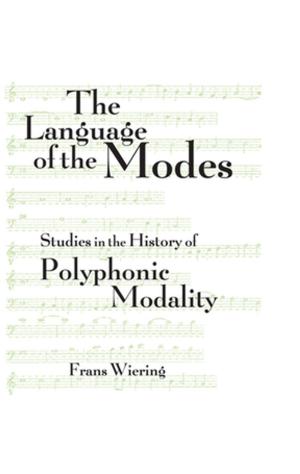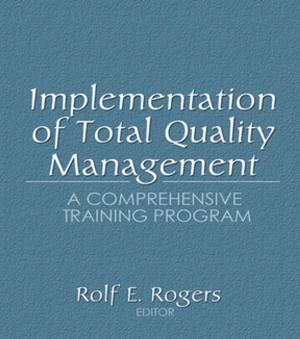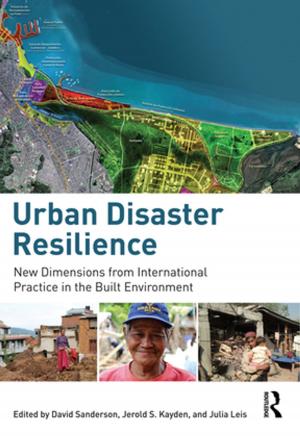Labnet
Toward A Community of Practice
Nonfiction, Reference & Language, Education & Teaching, Teaching, Computers & Technology| Author: | ISBN: | 9781136478048 | |
| Publisher: | Taylor and Francis | Publication: | October 12, 2012 |
| Imprint: | Routledge | Language: | English |
| Author: | |
| ISBN: | 9781136478048 |
| Publisher: | Taylor and Francis |
| Publication: | October 12, 2012 |
| Imprint: | Routledge |
| Language: | English |
Connected by a computer telecommunications network, ninth-graders from eight high schools scattered thousands of miles across Alaska work together, building a robot submarine to gather samples from the floor of Prince William Sound.
This is high school science as some teachers and educational reformers today envision it -- centered on student projects that encourage learning by doing...supported by modern technology...enriched by collaboration among students and teachers, both face to face and far apart.
This example is drawn from LabNet, a three-year effort funded by the National Science Foundation. The project was conducted by Technical Education Research Centers (TERC), a nonprofit educational organization dedicated to improving mathematics and science education. Eventually reaching 562 teachers in 37 states, Puerto Rico, and American Samoa, LabNet had a direct impact on their classroom practice. In a follow-up evaluation, the majority said they had assigned their students more projects and had used LabNet's telecommunications network to exchange project ideas with other teachers. This book is the story of LabNet as told by its editors, with 14 additional essays on science projects -- both theoretical and practical -- by LabNet teachers and TERC staff.
Connected by a computer telecommunications network, ninth-graders from eight high schools scattered thousands of miles across Alaska work together, building a robot submarine to gather samples from the floor of Prince William Sound.
This is high school science as some teachers and educational reformers today envision it -- centered on student projects that encourage learning by doing...supported by modern technology...enriched by collaboration among students and teachers, both face to face and far apart.
This example is drawn from LabNet, a three-year effort funded by the National Science Foundation. The project was conducted by Technical Education Research Centers (TERC), a nonprofit educational organization dedicated to improving mathematics and science education. Eventually reaching 562 teachers in 37 states, Puerto Rico, and American Samoa, LabNet had a direct impact on their classroom practice. In a follow-up evaluation, the majority said they had assigned their students more projects and had used LabNet's telecommunications network to exchange project ideas with other teachers. This book is the story of LabNet as told by its editors, with 14 additional essays on science projects -- both theoretical and practical -- by LabNet teachers and TERC staff.
